Antibody-drug conjugates (ADCs) deliver highly potent cytotoxic agents specifically to cancer cells, representing a breakthrough in targeted therapy.
This article explains the final stage of ADC function—how the linker system releases the payload inside the cell and induces cell death. The effectiveness of ADCs depends not only on target recognition but also on precise drug release and intracellular action.
1. Internalization of ADCs via Endocytosis
After binding to the surface antigen, ADCs are internalized through endocytosis and transported into endosomes.
These endosomes then fuse with lysosomes, acidic organelles rich in enzymes that begin to degrade the contents. Depending on the linker design, the payload is released at this stage.
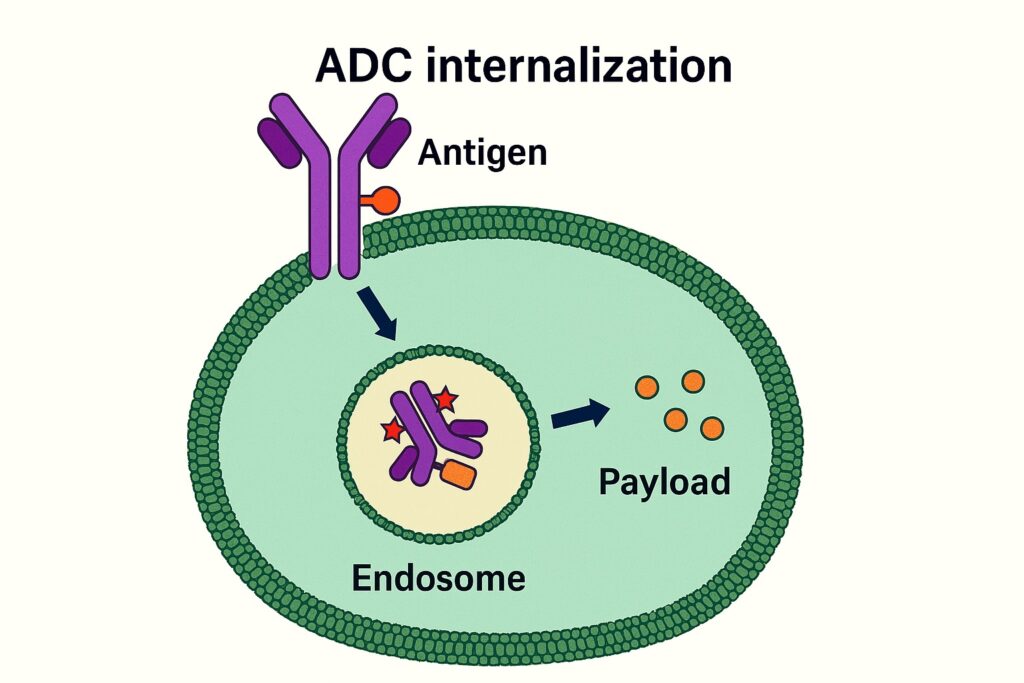
2. Linker Cleavage and Payload Release
- Acid-cleavable linkers: Hydrolyzed in lysosomal pH (~5.0) to release the payload.
- Protease-cleavable linkers: Cleaved by lysosomal enzymes (e.g., cathepsin B).
- Self-immolative linkers: Undergo self-degradation after enzymatic activation, releasing the drug.
These linkers ensure that payload activation occurs only inside cancer cells, minimizing off-target toxicity.
3. Intracellular Action of Payloads
Once released, the payload exerts its action as follows:
- Microtubule inhibitors (e.g., MMAE, DM1): Disrupt mitotic spindles, halt cell division, and induce apoptosis.
- DNA-damaging agents (e.g., calicheamicin): Induce DNA breaks, triggering rapid cell death.
These drugs are extremely potent—far more toxic than standard chemotherapies—so precise targeting and controlled release are critical for safety.
4. Bystander Effect: Pros and Cons
Some payloads can diffuse across membranes and affect neighboring tumor cells—known as the bystander effect.
This is beneficial in tumors with heterogeneous antigen expression but increases the risk of harming normal tissues. Careful selection of linkers and payloads is essential.
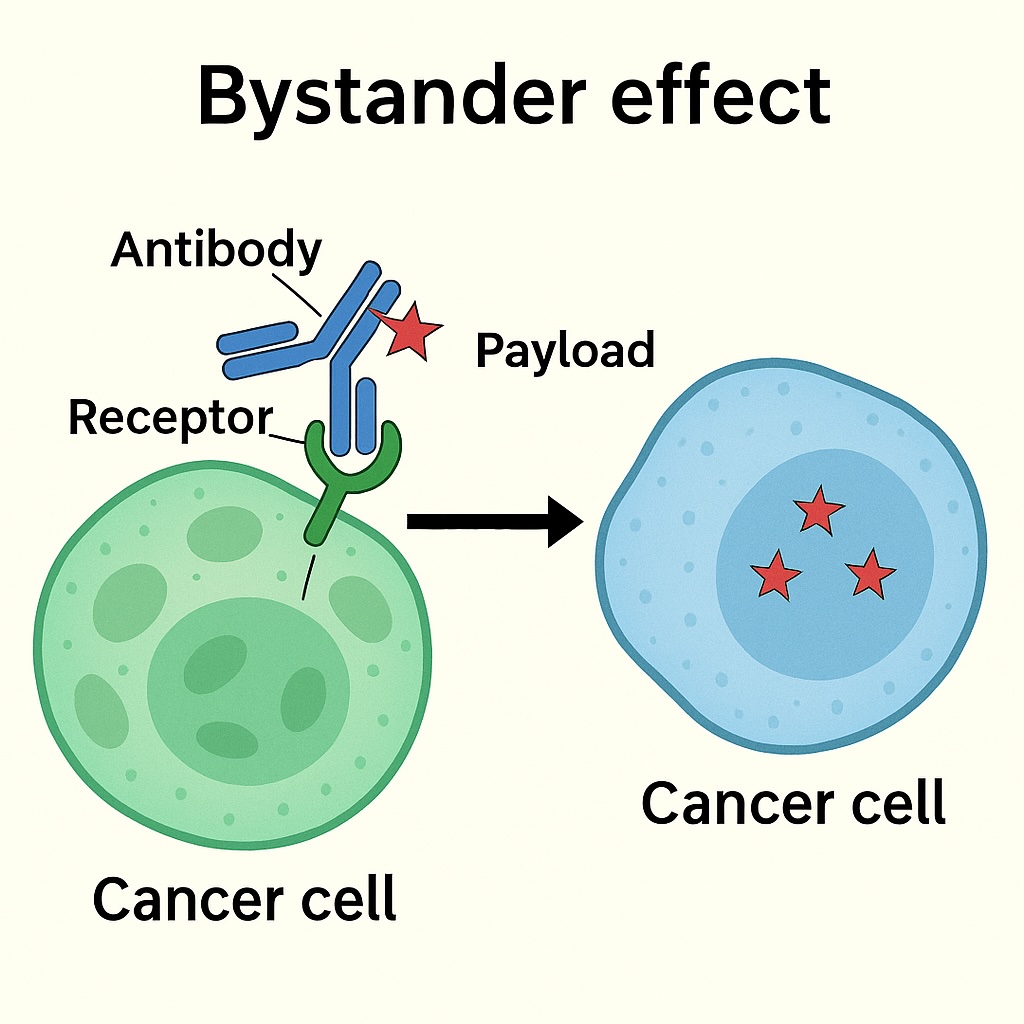
5. Toward Optimization: Enhancing Efficacy and Safety
Recent developments aim to improve ADC performance:
- Stabilizing linkers: More stable in circulation, yet cleavable within lysosomes.
- Diversifying payloads: Incorporation of new cytotoxic mechanisms.
- Balancing targeting and bystander effect: Optimizing efficacy and safety.
Conclusion and What’s Next
This article detailed the final phase of ADC action: intracellular release and mechanism of cytotoxicity. The synergy of antibody, linker, and payload enables ADCs to selectively eliminate cancer cells.
In the next bonus article, we’ll explore the latest ADC development race across pharma and biotech companies.

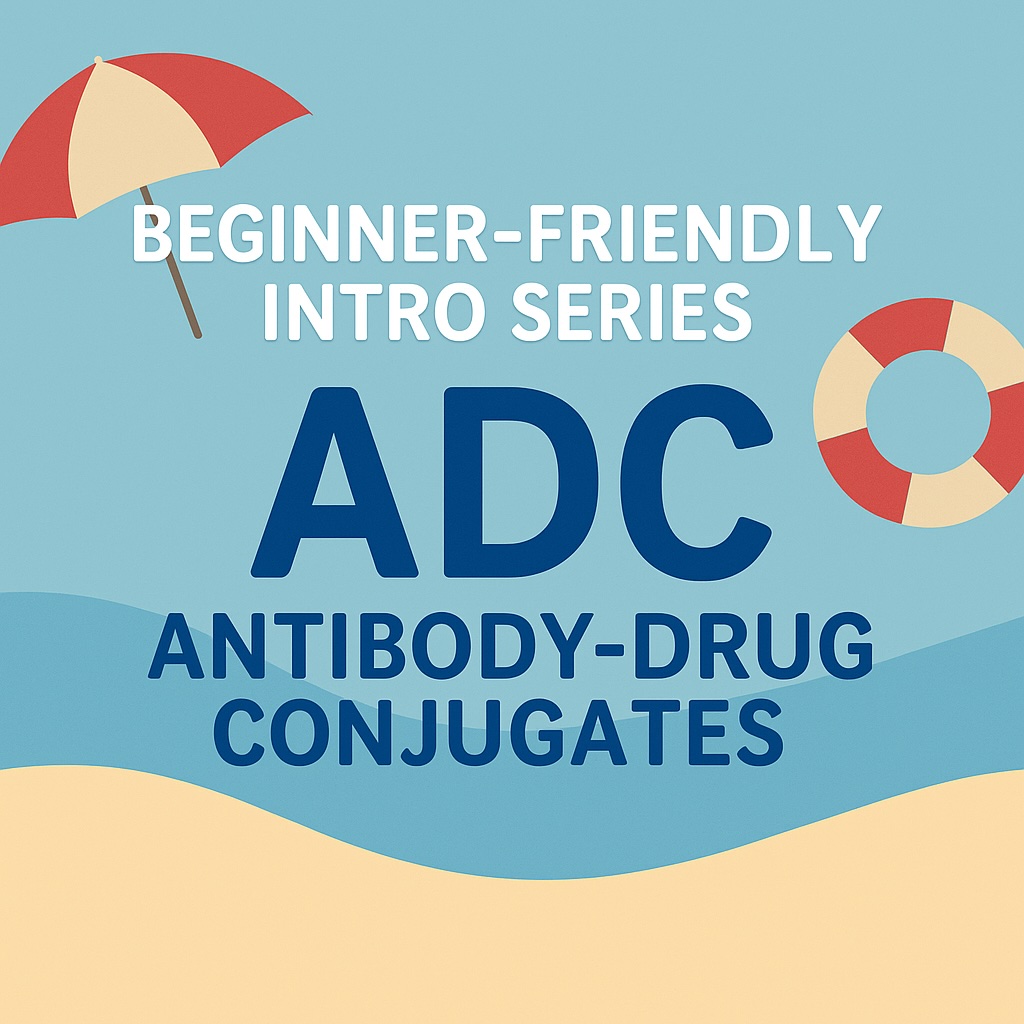






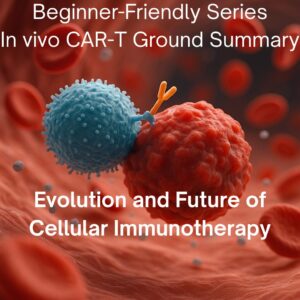
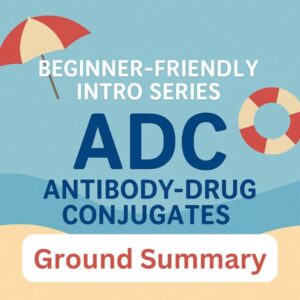

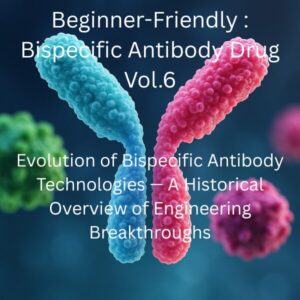
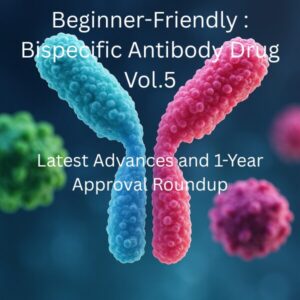
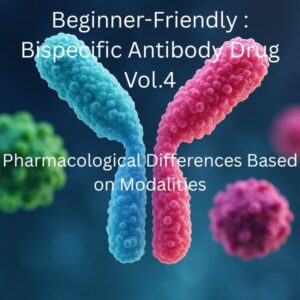
Comments